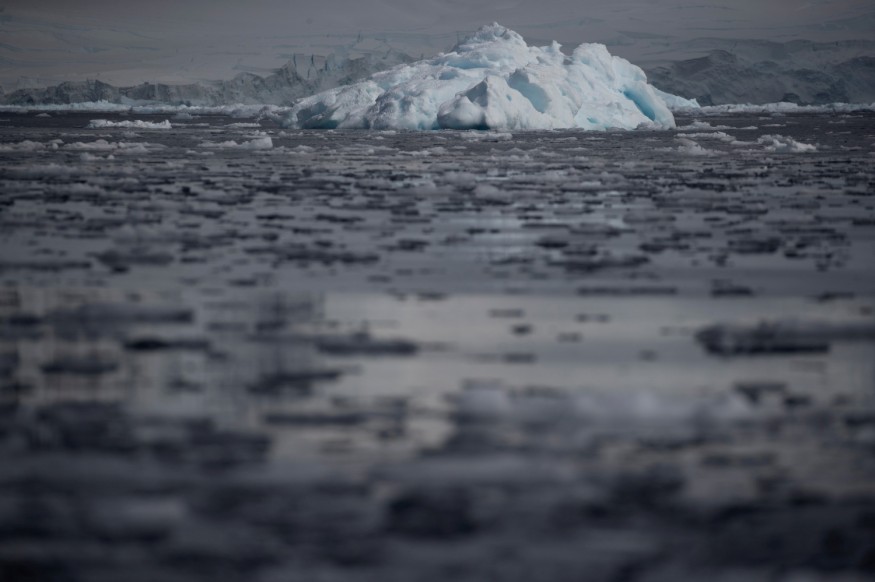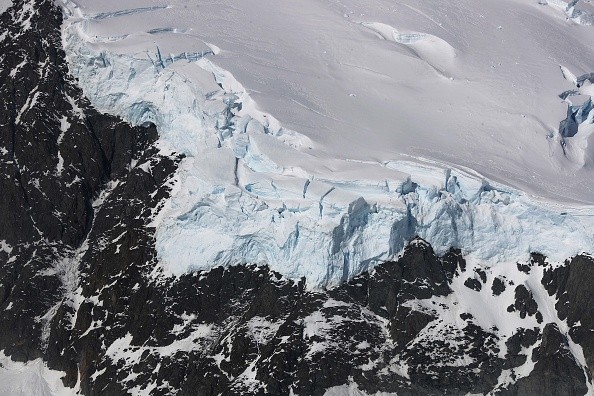Extreme heat waves and increasing ice melting occurrences have become regular subjects of concern due to global warming. In recent months, though, the opposite results have been just as startling in the South Pole.

A Colder South Pole
All latitude bands, except for Antarctica, observed above average temperatures over the last three months.
— Zack Labe (@ZLabe) September 21, 2021
[Plot shows average June to August 2021 zonal-mean surface air temperature anomalies, where latitude = x-axis (not scaled by distance). Data from @NASAGISS (GISTEMPv4)] pic.twitter.com/OjHA4YiSe5
The South Pole hasn't been as immediately exposed to the impacts of a warming climate as its flashier cousin, the North Pole, which has become famed for its fabled holiday residents. So while climatologists are concerned about increasing temperatures and melting ice shelves, the South Pole has been largely spared from the consequences observed at the North Pole, which has experienced significant glacier melting and has even been enveloped in wildfire smoke this summer.
However, temperatures in the huge tundra of Antarctic ice at the South Pole fell to levels never seen before this winter.
From April through September, the continent's winter months, average temperatures at the Amundsen-Scott South Pole Station, located on the continent's highest plateau, dropped to 78 degrees below zero Fahrenheit (61 degrees below zero Celsius).
How Cold can the South Pole Get?

That wasn't even the coldest of the temperatures in that range. So that was the standard chill.
According to statistics collected by the British Antarctic Survey, the severe temperatures of the 2021 winter were the lowest in more than 60 years. Since 1957, the study team, part of the Natural Environment Research Council, has been collecting temperature data in the South Pole and has never seen a winter this cold.
On Sept. 30, the lowest minimum temperature recorded at Russia's Vostok Station was an astounding 110.9 degrees below zero Fahrenheit (79.4 degrees below zero Celsius). The temperature reading was 122 degrees below zero degrees Fahrenheit at the time.
The Washington Post reported that the terrible season was caused by a continuous polar vortex that encircled Antarctica for the entire winter.
AccuWeather Senior Meteorologist Jason Nicholls said that the strong polar vortex might be linked to the weak La Nia conditions that reappeared later in the Southern Hemisphere's winter.
According to Nicholls, the vortex was strongest in July and August. Even though it weakened slightly in September, it remained relatively robust overall.
"The polar stratospheric winds have been stronger than typical, which has resulted in the jet stream moving toward the pole," NOAA atmospheric scientist Amy Butler told The Washington Post. "The cold air is trapped over most of Antarctica as a result of this."
Reading Between the Lines

As scientist Zack Labe pointed out on Twitter, the contrast between the rest of the world's rising temperatures and Antarctica's new depths of severe cold is startling.
However, experts warn that people should proceed with care when interpreting Antarctica's winter temperatures. The analysis of global climatic patterns should not be based on a single season of severe temperatures, whether hot or cold.
Professor Eric Steig of the University of Washington's Department of Atmospheric Sciences told The Washington Post, "One cold winter is intriguing, but it doesn't affect the long-term trend, which is warming."
For more news update about Environmental Action, don't forget to follow Nature World News!
© 2025 NatureWorldNews.com All rights reserved. Do not reproduce without permission.





